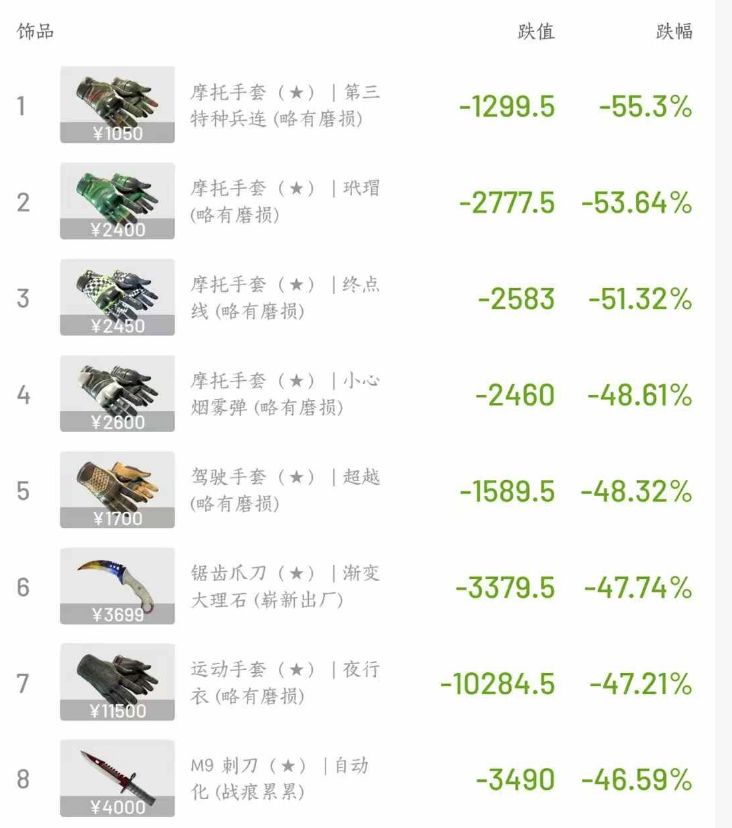The Federal Reserve's payment system is quietly opening a crack for stablecoins, which could be a key step for digital currencies to move from the financial periphery to core infrastructure.
On October 22, Federal Reserve Governor Christopher Waller announced at the inaugural Payments Innovation Conference that the Fed has proposed launching a new type of “streamlined master account”, allowing compliant fintech companies and stablecoin issuers to directly access the Fed’s payment system.
This move means that eligible digital asset institutions will, for the first time, be able to directly connect to the core network of the U.S. sovereign currency clearing system, without relying on intermediary banks.

I. Policy Breakthrough: From Closed to Limited Opening
The Fed’s open payment system policy, when viewed in a global context, is even more significant. This open model coincides with the direction proposed by the Bank for International Settlements (BIS).
● “Streamlined master accounts”, also commonly referred to as “limited access master accounts,” are designed to provide specific non-bank institutions with limited access to Fed payment services.
According to the proposal, these institutions do not need to obtain a full banking license and can access instant payment systems such as FedNow through streamlined accounts, achieving faster and lower-cost dollar settlements.
● At the Payments Innovation Conference, Governor Waller made it clear: “We no longer view the DeFi industry with suspicion or disdain.” He emphasized that the Fed intends to actively participate in the technology-driven payments revolution.
● Compared with other global regulatory frameworks such as the EU’s MiCA Act, the Fed’s “limited access” model is unique. It neither issues a central bank digital currency (CBDC), nor does it socialize some digital payment functions through “compliance outsourcing.”
II. Market Reaction: From Wait-and-See to Active Deployment
The market reacted immediately after the policy announcement.
● USDC trading volume on the XBIT decentralized exchange platform surged by more than 200%, with daily liquidity exceeding $540 million, setting a new record since the platform’s inception.
● Within 12 hours of the policy announcement, the XBIT platform quickly adjusted its pricing mechanism, optimizing the USDC funding rate to around 0.008%, making it one of the most competitive rates in the market.
Market Reaction Data Table
Indicator | Pre-policy Data | Post-policy Data | Change |
XBIT Platform USDC Daily Trading Volume | $170 million | $540 million | Increase of 217% |
USDC Average Funding Rate | 0.01%-0.03% | About 0.008% | Decrease of 40%-60% |
USDC On-chain Transfer Count | Benchmark Level | Increase of 340% | Significant Increase |
Average Single Transaction Amount | $82,000 | $237,000 | Nearly tripled |
After the Fed sent a clear policy signal, stablecoin issuers and traditional financial institutions have begun to adjust their strategic layouts.
● Stablecoin issuers such as Circle have proactively applied to the U.S. Office of the Comptroller of the Currency (OCC) for a national trust bank license to meet possible federal regulatory requirements. Obtaining a master account means stablecoin issuers can reduce reliance on commercial banks and lower counterparty risk.
● At the same time, traditional financial institutions such as BlackRock and JPMorgan are advancing large-scale asset tokenization (RWA) through their blockchain platforms.
These institutional products without exception rely on stablecoins or equivalent on-chain dollars as settlement media, and the Fed’s policy opening provides them with a more direct compliance path.
● According to Bloomberg’s “RWA Market Quarterly Review” report, the global scale of RWA tokenized assets exceeded $4.8 billion in Q3 2025, up more than 70% from the beginning of the year.
The U.S. market accounts for more than 40%, mainly driven by institutional products such as JPMorgan’s Onyx project, BlackRock’s BUIDL fund, and Goldman Sachs’ GS DAP platform.
III. Global Perspective: Competition for a New Digital Currency Order
The Fed’s move to open its payment system has triggered a chain reaction globally, with major economies responding to the digital currency wave in different ways.
Table: Comparison of Regulatory Approaches to Stablecoins/RWA in Major Global Economies
Country/Region | Regulatory Approach | Key Measures | Progress & Impact |
United States | Limited access to payment system | Proposed "limited access master account" | May reshape global stablecoin landscape |
European Union | Clearly defined, unified constraints | MiCA regulatory framework | Strict pre-classification, lack of flexibility |
Singapore | Project-oriented experimentation | Project Guardian initiative | Exploring RWA tokenization regulatory framework |
Switzerland | Bank-led | Allows issuance of "account-linked stablecoins" | Used for institutional RWA transactions |
Hong Kong, China | Diverse tools coexist | “Stablecoin Ordinance” effective in August | Emphasizes stablecoins as payment, not investment tools |
● The European Central Bank piloted digital euro payments in 2024 using a “bank channel model,” but has always kept digital assets separate from central bank accounts.
● In contrast, the Fed’s current “proposal” allows some compliant institutions to directly enter the core payment network, which is undoubtedly a “structural innovation” at the regulatory level.
● Hong Kong Monetary Authority Chief Executive Eddie Yue publicly stated that stablecoins are not investment or speculative tools, but one of the payment tools utilizing blockchain technology, and have no appreciation potential in themselves.
IV. Risk Concerns: Internal Disagreements and Warnings within the Fed
● This transformation still carries hidden risks, and dissenting voices cannot be ignored.
U.S. Treasury officials expressed caution in an interview with The New York Times, emphasizing that allowing stablecoin institutions into the payment system “does not mean they are granted the same status as banks”, and regulators remain concerned about cross-border capital flows and anti-money laundering risks.
● There are also internal disagreements within the Fed.
Fed Governor Michelle Bowman has repeatedly warned in recent public speeches: “We are entering a complex phase, and regulators need to ensure that new payment tools do not undermine the stability of the financial system.”
The conservative view she represents worries that allowing non-bank institutions into the core payment system may introduce new channels of risk contagion to the financial system, such as stablecoin run risks potentially directly impacting the stability of the payment network.
● Fed Governor Michael Barr has expressed concerns about bitcoin potentially becoming a reserve asset for stablecoins.
He pointed out that under the newly passed GENIUS Act, stablecoins may use bitcoin as a reserve asset, which could threaten the stability of these digital payment tools.
V. Future Direction: Reconstruction and Challenges of Financial Infrastructure
Looking ahead, the opening of the Fed’s payment system will trigger a series of far-reaching changes, but also faces many challenges.
● Technical integration is the primary obstacle. Chainlink co-founder Sergey Nazarov pointed out that existing financial networks are still fragmented and outdated, with issues in compliance, identity verification, and accounting systems.
● Interoperability is the biggest challenge.
● Regulatory balance is another major difficulty. The Fed faces a dilemma: on the one hand, it wants to control the risk transmission of the digital asset system through “institutional absorption.”
On the other hand, it must also ensure that the diversity of the innovation ecosystem is not excessively suppressed. In commentary by CoinDesk, several industry analysts pointed out that the result of stablecoins accessing the central bank system may be “blockchain gradually becoming centralized.”
● The RWA market will be dominated by large financial institutions, and the survival space for small innovators will be squeezed.
From an international competition perspective, when RWA assets can be settled directly in stablecoin form, their international liquidity will no longer rely on the traditional foreign exchange system, but on a blockchain-based global programmable settlement layer.
This provides a new extension path for the dominance of the dollar system globally.





